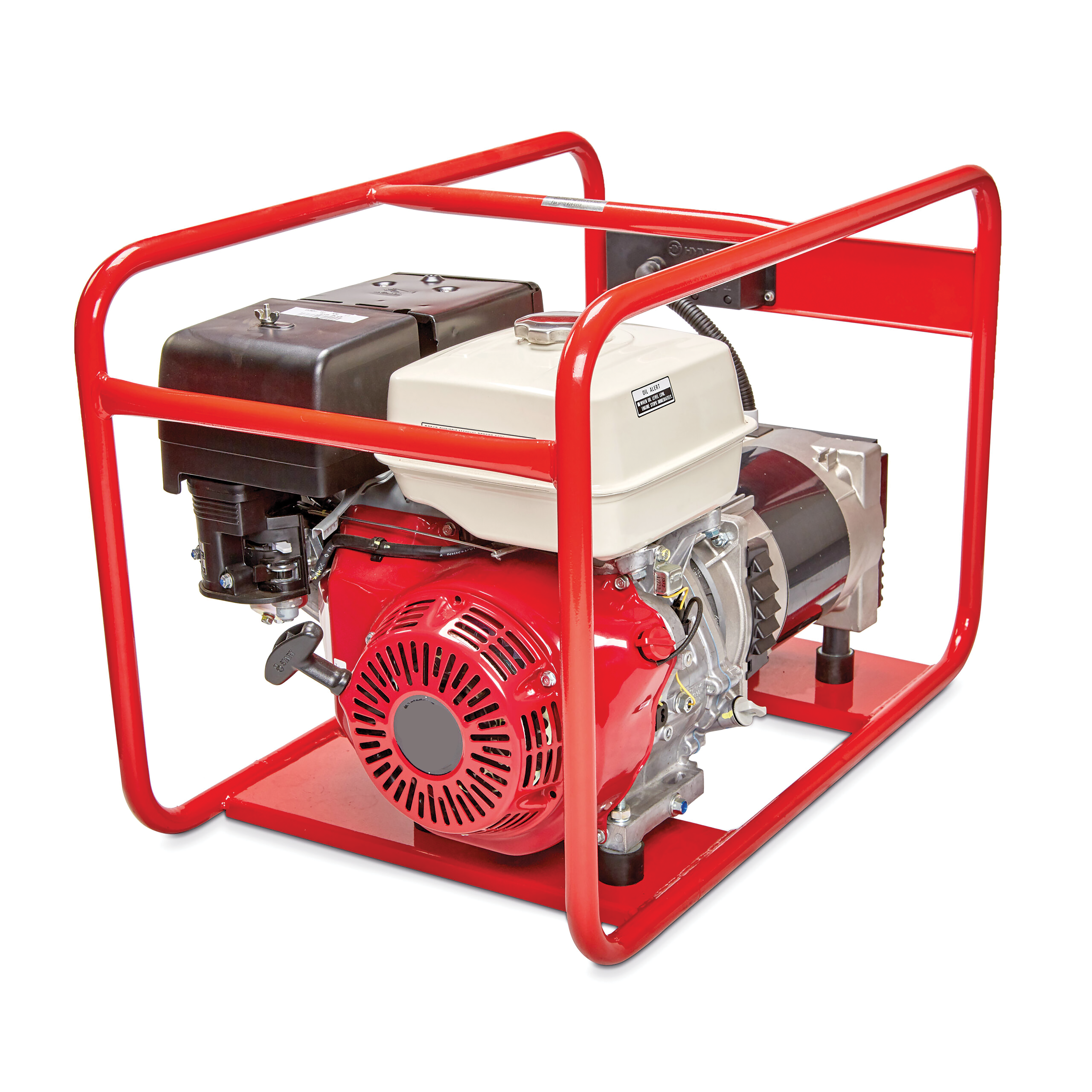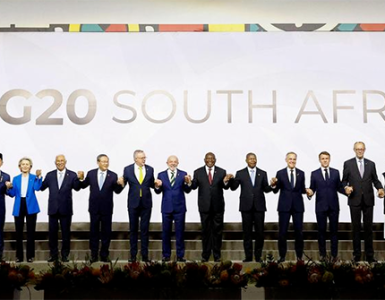BOOST: The R3-billion initiative to generate additional capacity to manufacture nearly 700 000 vehicles in South Africa annually…
By Isaac Moledi
Stellantis N.V, one of the world’s leading automakers and a mobility provider, has confirmed its intention to expand its manufacturing footprint in South Africa by establishing state-of-the-art automotive plant worth more than R3 billion in Coega in the Eastern Cape.
The bold initiative to develop a greenfield manufacturing facility in partnership with the Industrial Development Corporation (IDC) and the Department of Trade, Industry and Competition (DTIC) is expected to add considerable additional capacity to the nearly 700 000 vehicles that South Africa currently produces annually, says DTIC Minister, Ebrahim Patel.
“It is a wonderful day for all South Africans when a global company of Stellantis’ proportions decides to expand its manufacturing footprint in South Africa to assemble completely knocked down units. South Africa currently has the capacity to produce close to 700 000 vehicles annually. This will add considerable additional capacity, just as we prepare to implement the African Continental Free Trade Area.”
According to Patel, the country remains a great investment destination. “This commitment from Stellantis to invest in our local motor industry highlights the success of our manufacturing sector policy, its capability and potential.”
About 1000 direct jobs to support the first capacity step is expected while Stellantis will be massively investing in over 500 000 hours in training and skills to develop and support the local teams to the level of global standards. “We are targeting a localization rate over 30%,” says Samir Cherfan, Chief Operating Officerof Stellantis in Middle East and Africa.
Khwezi Tiya, CEO of Coega Development Corporation (CDC), says the CDC is enthralled that Stellantis have chosen the proposed site in
Coega for their Southern African manufacturing operations. “Joining other major manufacturers in the area makes the Coega region the primary automotive hub in the country. The investment in the plant, employment, training and skills transfer will certainly benefit the region tremendously.
“This is a much needed and welcomed economic boost for the Eastern Cape province with an anticipated economy wide impact on the province’s GDP of R664 million. Household income is anticipated to increase to R558.4 million within the Nelson Mandela Bay Municipality (NMBM) and R577.4 million for the entire province. Most importantly, an anticipated 1800 jobs will be created in the Metro and around 2 097 for the Eastern Cape province.”
Stellantis believes that rapid progress has been made since the Memorandum of Understanding was signed in March 2023 with the IDC and the DTIC. “This bold initiative reinforces Stellantis Middle East and Africa (MEA) Region’s Dare Forward 2030 ambition to sell one million vehicles by 2030 with 70% regional production autonomy,” Cherfan says..
His company is delighted with the speed at which the project is progressing, giving thanks to the commitment of the Minister, Patel, and the great collaboration with IDC, CDC and DTIC teams.
“This project reflects our focus and trust in South Africa as one of the most important markets in Africa and Middle East. It is also the execution of our Dare Forward 2030 Strategy to reach over 22% Market Share in the region by 2030 with 70% regional localization of our sales leading to over one million units produced. We believe in South Africa and we intend to develop industrially and commercially bringing value to our customers.”
The manufacturing plant will be built in the South African Special Economic Zone (SEZ) in Coega situated near Gqeberha in the Eastern Cape province. The greenfield manufacturing project is planned to be completed by the end of 2025. The first launch planned for early 2026 is a one ton pick-up truck with volumes expected to reach up to 50,000 completely knocked down (CKD’s) units annually including export, in line with the industry masterplan, known as the Automotive Production Development Program (APDP). The plant will be predisposed in terms of space and painting to go up to 90K units per year.
Tshokolo Petrus Nchocho, CEO of the IDC, says Stellantis continues to work closely with the IDC in developing a viable joint venture partnership that will be evaluated by appropriate credit committees. “Stellantis’ success with similar manufacturing plants around the world is well-known and our planned joint venture with Stellantis to build another greenfield plant in South Africa is progressing well.
The investment is in line with IDC’s intent to drive investment that supports the development of the regional automobile value chain.”
DEVASTATING LOADSHEDING COSTS BUSINESSES MILLIONS OF RAND IN BACK-UP POWER GENERATION
Disrupt: Power outages also disrupts the normal functioning of households and affect the overall quality of life
By Isaac Moledi

Loadshedding is having devastating effects in the operations of many local companies with generator usage becoming a significant expense as scores of businesses and individuals seek ways to save money on backup power generation.
Energy experts believe a decrease in operational assets during loadshedding has forced many businesses to function at reduced capacity, leading to a decline in productivity and impacting South Africa’s economy. This, they say, has also impacted investments in South Africa, as the energy crisis is deterring potential foreign investors.
According to the experts, loadshedding disrupts the normal functioning of households, businesses, and industries. Power outages also lead to disruptions in lighting, cooking, heating or cooling, and the operation of electrical appliances and equipment. This can affect productivity, communication, and the overall quality of life.
Local engineering services and asset maintenance specialist Pragma, says South African businesses are spending a fortune on generators with Vodacom recently revealing that since 2020, more than R4 billion has been spent on backup power solutions such as batteries and generators. A further R300 million has been spent on additional costs for diesel, security and maintenance, the company said.
According to Pragma, major local food retailers are spending R1 million – R3 million per day on diesel just to keep trading. “Whilst smaller businesses spend less than this, generators are a significant expense adding to inflation in many industries as costs are passed on to consumers,” says Morné Steenkamp, Pragma’s Asset Health Service divisional manager. As load shedding is unlikely to abate any time soon, businesses are desperate to find ways to save money on backup power generation.
Based on current forecasts for 2023, Pragma estimates that the average generator will run for more than 1500 hours this year and will need at least six maintenance services. “Generators should last 25 – 30 years, but without proper maintenance, their lifespan are significantly shortened by the current load shedding.
“Businesses are struggling to keep up with refuelling requirements and neglect more frequent generator services. The good news is that there are opportunities to save costs with appropriate software, business processes and contractor networks.”
As a specialist engineering company, Steenkamp says his outfit has developed a calculator to quantify potential savings for businesses which use online monitoring and generator management.
“Many companies have multiple generators, but even those with only one, need to have a sense of what they can expect from their asset. With proper generator monitoring and asset management, businesses are realising savings of 30 – 35%.”
Steenkamp says the calculator works out a tailored business case based on the company’s circumstances and generator fleet. It considers aspects like loss avoidance by ensuring that the generator remains healthy, fuel optimisation, increased generator lifespan due to improved, proactive maintenance, optimal refuelling and reduced call outs and after-hours work.
“Often businesses have a wide variety of generator makes and models with varying specifications.
As a result of compatibility issues, it is difficult to implement a standard monitoring solution.
Rhynard Prins, Pragma’s Asset Health Management business development manager, says Pragma’s monitoring system is compatible with the most common generators found in South Africa.
“We see that many clients buy monitoring hardware but are not clear about how the data from the monitoring solution will be used. Pragma’s monitoring solution is underpinned by a sophisticated maintenance management system that automatically keeps track of maintenance, refuelling, contractor management and service level agreements through mobile applications.”
Prins says his company deals with contractors throughout the country and each invoice can be scrutinised to ensure costs are fair. “Pragma’s proprietary technology schedules refuelling during working hours to avoid unnecessary callouts or overtime costs to supply after hours. Clients’ maintenance staff doesn’t need to travel to sites since they have remote access to information in real time.”
According to Prins, when clients deal with a specific contractor, Pragma acts like a corporate governance provider to ensure the service level agreement is being properly managed. “In addition, maintenance frequencies are adjusted based on actual loadshedding, and proactive maintenance is scheduled and checked.
“We help our clients get a grip on the workload and drive decision-making in support of budget forecasts, optimal maintenance strategies, contractor SLA management and cost savings.”
































